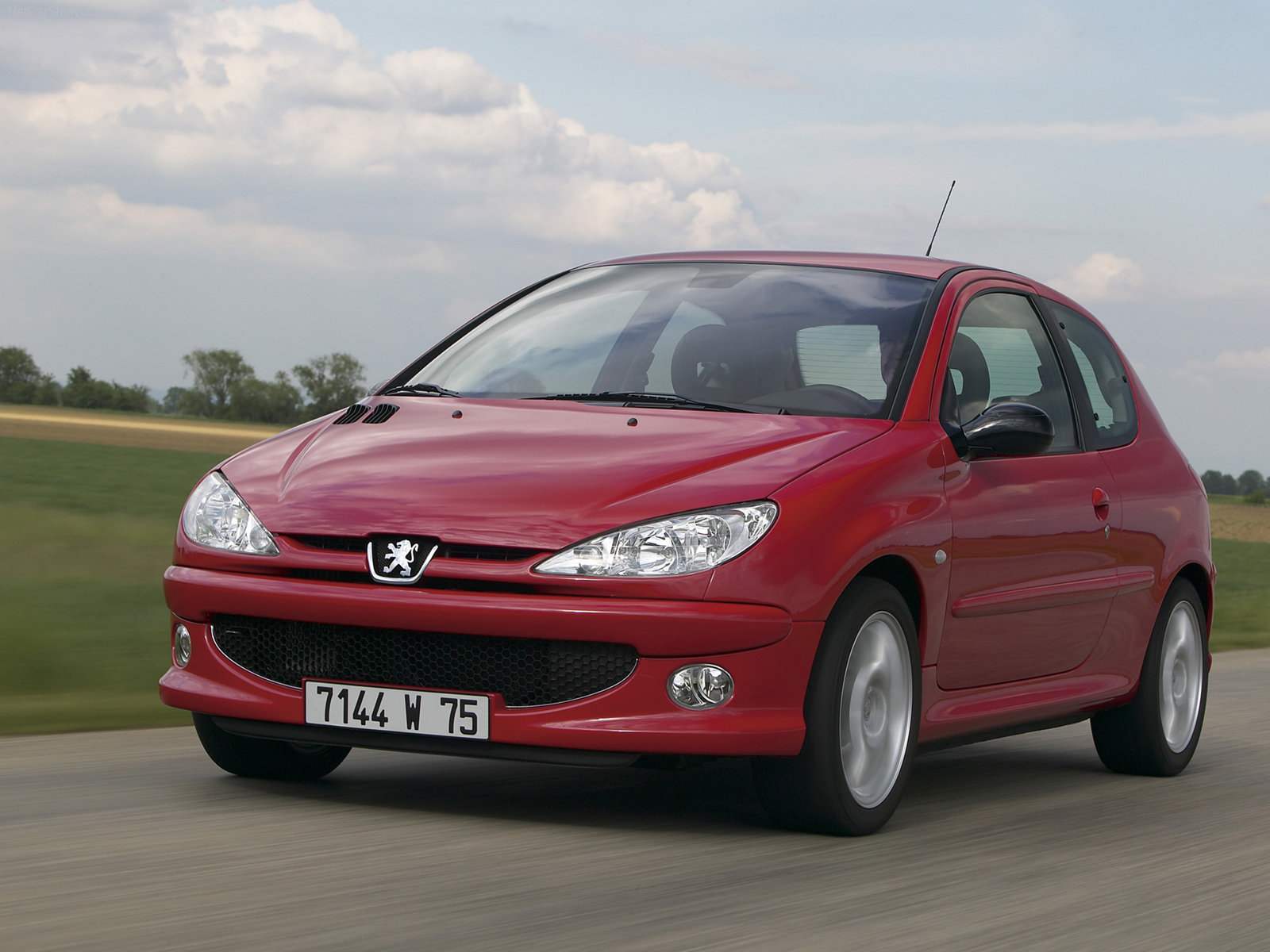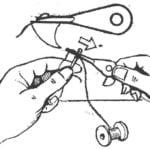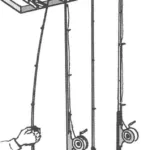 Compact family cars PEUGEOT 206. In a world of many goods produced with regard to gender of the consumer. Among them are ladies ‘ dresses and men’s suits, women’s perfume and men’s Cologne, mens bikes and bikes for the fairer sex…
Compact family cars PEUGEOT 206. In a world of many goods produced with regard to gender of the consumer. Among them are ladies ‘ dresses and men’s suits, women’s perfume and men’s Cologne, mens bikes and bikes for the fairer sex…
As for cars, none of the companies produces specially the ladies and exclusively male machines. Nonetheless, there are many brands that are popular mostly in the beautiful half of humanity.
One of the most popular “ladies” car is considered a compact PEUGEOT 206 created by the firm, which has a rich tradition for designing cars with “green” bias. In many surveys women about their automobile preferences, the leaders are the machine numerous family PEUGEOT 206. This fact is confirmed by official dealers — at least 50 percent of the machines are becoming women.
The first vehicle with “green” bias is not without reason is the PEUGEOT BEBE. This tiny machine-voiturette length of only 2.6 m was designed by the great designer Ettore Bugatti. She is the one Maestro created specifically for reputable car companies. By the way, the machine was first suggested by the German firm Wanderer, however thorough the Germans were not attracted to this simple and cheap little car. I was interested in him firm Peugeot in 1911 she bought the rights to its release, and in 1913 organized the serial production.

PEUGEOT BEBE release in 1913 — the first car company Peugeot with the “ladies” bias

PEUGEOT 161 QUADRILETTE is a compact car with a motorcycle location of the driver and the passenger (1920)

PEUGEOT 172 issue 1925 — voiturette with a claim to the design of a sports car of that time

PEUGEOT 402 release 1936 first “aerodynamic” car company Peugeot

Compact PEUGEOT 202 edition 1939— the last pre-war car company

PEUGEOT 403 1955 issue. The design of this car has developed Batista Farina, the future head of the firm Pininfarina body

PEUGEOT 204 1965 release is the first front-drive car company, are equipped with aluminum engine, rack and pinion steering and independent suspension
Double BEBE PEUGEOT, are equipped with a cylinder of 0.85-liter engine produces only 10 HP, used rush and was very popular in a few at a time in circles of women-motorists. For four years, the firm has released 3095 instances of this model, which was not enough for the beginning of the XX century. By the way, one of the PEUGEOT BEBE was purchased by the garage of the Russian Emperor Nicholas II specially for Tsarevich Alexei. The car, oddly enough, survived to our days, and today it can be admired in the automotive Department of the Moscow Polytechnical Museum.
During the First world war, the Peugeot firm mainly engaged in the production of aircraft engines and armored vehicles. However, immediately after its completion she has returned to the idea of a compact car, releasing the PEUGEOT 161 QUADRILETTE with a four-cylinder 10-horsepower engine. Double machine with a folding tent in which the driver and passenger were placed in tandem, at the time, was considered the most economical French car. Voiturette was produced until 1923, after which it was replaced by the same type, but more attractive PEUGEOT 172 (4CV) and then PEUGEOT 172ВС (5CV).
Last voiturette company Peugeot issued in the late 20-ies became a four PEUGEOT 201 is a car with a closed four-door body. It was equipped with a four-cylinder 1.1-liter engine capacity of 23 HP
The thirties in the automotive world is characterized by transition to the “aerodynamic” style. No exception in this movement and firm Peugeot. In 1936 she created the PEUGEOT 402 streamlined —even the headlights of this car was hidden behind a grille. Equipped with 2-liter engine capacity of 55 HP, PEUGEOT 402 speeds up to 105 km/h and was produced in several variants, among which was the coupe-cabriolet with automatically folding into the trunk two-piece steel roof. On this basis, the car is considered a direct predecessor of the modern coupe-cabriolet PEUGEOT 206СС.
Before the beginning of the Second world war, the firm designed a simplified version of that car is a PEUGEOT 202 edition 1939, which marked his appearance the company Peugeot to a qualitatively new level in the production of small cars. Compact economical sedan with a 1.1-liter engine was supposed to be perfect and to a large extent “ladies” car. But in terms of the war and the occupation of France by Nazi troops, the company had to stop production of cars. Instead, occupation authorities forced the Peugeot to start manufacturing military trucks and motorcycles. To the credit of the firm, thanks to the clever sabotage of its leadership and staff, the plants used only ten percent of their capacity.
The first post-war model was the Peugeot car model “203” of 1948. It was a car with an economical 1.3-litre engine capacity of 42 HP, develops speed of up to 116 km/h On the stylistic decision of the body of the PEUGEOT 203 was reminded of the Patriotic “Victory” M-20 — a very common type of “aerodynamic” car, came to Europe with the American expeditionary forces. The car had independent suspension of the front wheels, rack and pinion steering gear and the hydraulic brake system. In the production of the PEUGEOT 203 was more than ten years.
The first post-war car for the representatives of a resurgent middle class firm Peugeot has released in 1955. It was a PEUGEOT 403 with a-liter engine producing 65 HP In the development of this machine has become for many automotive firms example of the classic three-box sedan, participated in those years nobody famous designer Battista Farina, nicknamed Pinin (in Italian — kid, Shorty), who later became head of the famous firm Pininfarina. Despite the relatively high price, the car was wildly successful from the bourgeoisie and… the taxi drivers are eager to buy the latest version of PEUGEOT 403В with economical 1.5-liter diesel engine capacity of 66 HP.
My first front wheel drive car firm Peugeot has released in 1965 — it was a compact runabout PEUGEOT 204 with a transversely mounted all-aluminum four-cylinder 1.1-liter engine, configured in a single unit with the gearbox. Machine, created with the participation of the firm Pininfarina body had independent suspension and rack and pinion steering gear—in fact, it differed little from a modern front wheel drive cars.

PEUGEOT 104 1972 release is the smallest European car, a bright representative of the class of affordable “green” small car
PEUGEOT 205 1983 production produced for 15 years, the immediate predecessor of the modern PEUGEOT 206

PEUGEOT 106 1991 (released so far). With the 118-horsepower engine it can reach a speed of 205 km/h!

PEUGEOT 206 1998 — three-door hatchback

PEUGEOT 206 — door hatchback

PEUGEOT 206SW — five-door wagon
In the early 70-ies of the firm launched low-cost, it is “ladies” runabout PEUGEOT 104, which is one of the smallest European cars. The vehicle was a front-wheel drive three-door hatchback with a total length of 3.3 m with a transversely mounted 46-strong aluminum engine and fully independent suspension, disc brakes on all four wheels and rack and pinion steering. By the way, a relatively low power did not prevent the glorious heir to the PEUGEOT BEBE to reach the speed of 100 km/h in 18,5 sec; top speed of the hatchback is 135 km/h.
PEUGEOT 205, released in the early 80-ies as a competitor to “classmate” VOLKSWAGEN GOLF, was a very perfect car that was produced until 1998, when it was replaced by a modern PEUGEOT206.
By the way, 205th helped the firm in 1983 to go from understanding the financial crisis.
In the early 90-ies the company introduced another successor PEUGEOT VEVEY — its most compact model of the PEUGEOT 106. By the way, this car is popular as ladies and youth, is available until now. Three-door hatchback with a length of only 3.5 m was produced from the motors 60 and 94 HP; in 1992 the company started to equip these machines are most economical petrol engine producing 45 HP, and in 1993-m — 50-horsepower diesel engine. Currently customers are offered a version of the 106th with shestnadcatiletnim 118-horsepower engine. The maximum speed of this modification is 295 km/h and up to hundreds of it is dispersed only in 8.7 s.
Finally we come to the main characters of our story — the family car PEUGEOT 206. And it turned out to be very numerous. Today, the company produces three – and five-door PEUGEOT 206 hatchback, five-door wagon PEUGEOT 206SW and coupe-cabriolet PEUGEOT 206SS. And each of these versions can be equipped with one of the six engines working volume of from 1.1 to 2.0 L.
The first production of the 206th rolled off the Assembly line in 1998. The machine, which replaced the famous PEUGEOT 205, in technical terms, not much ahead of its predecessor, however, thoroughly researched the design of the PEUGEOT 206, due to which even today, six years after the start of series production, it looks quite modern, is attracting a lot of fans and, tellingly, the fans. Already in 2001 the car became the European leader by number of sales, and in 2003, the volume of its production amounted to 2.5 million copies. The popularity of these machines, apparently, and in the future will remain high, now PEUGEOT 206 is produced at seven factories and daily production is more than 3500 copies.

The driver on the family cars PEUGEOT 206

Suspension of the car PEUGEOT 206SW is almost the same as on all the other family cars (front—independent spring type McPherson, rear — independent torsion), but because a touring load on the rear axle is increased and suspension has been strengthened in two additional cross levers

Geometric diagram of a three-door hatchback of PEUGEOT 206

The geometric scheme of the five-door hatchback PEUGEOT 206

The geometric scheme of the five-door station wagon PEUGEOT 206SW

The geometric scheme of the coupe-cabriolet PEUGEOT 206СС


Additional details-amplifiers PEUGEOT body 206СС
One of the reasons for the enduring popularity of the 206-th — large selection of variants of bodies, engines and General equipment that gives the buyer the opportunity to purchase exactly the kind of machine that meets his needs.
The greatest strength of the PEUGEOT 206 experts believe its chassis, which ensures the car is faultless directional stability and sharp handling on the line, and when making turns.
Three – and five-door hatchbacks are almost identical IN their parameters. But released in the year 2000, a bold, coupe-cabriolet PEUGEOT 206SS significantly stands out against the background. For the first time this car was shown at the Geneva motor show 1998, a few months before the serial production of hatchbacks.
The basis of coupe-convertible based on the front and part of the floor platform of a conventional three-door hatchback of PEUGEOT 206. Of course, many parts have been reinforced or replaced in the original: designers had to go for it for optimum body stiffness. So, in the a-pillars were welded segments of tubes with a wall 4 mm is fixed under the floor of four tubular stretching, and the most critical load-bearing parts are stamped out of 1.5 mm steel sheet. Therefore, the coupé-cabriolet Assembly weighs 317 kg—50 kg more than the hatchback body. Do I have to add on 45 kg—weight folding roof with an electrohydraulic drive. The result of all these modifications the stiffness of the coupé-cabriolet torque was even so one and a half times less than that of the hatchback body. However, when raised the roof of the rigidity slightly increases.
A few words about the retractable roof. It consists of two parts and fits under the trunk lid using the five cylinders; the pressure in the system ensures the hydraulic pump, located between the rear seats and enclosed in a soundproof capsule. Well, if eh says no, the roof can be raised or lowered manually—for this you need only to relieve the pressure in the hydraulic system. It should be noted that when the raised the roof of the trunk capacity coupe-cabriolet is 410 litres (the hatchback — 250 l), and when retracted is only 150 HP Interestingly, when converting a coupe to convertible and Vice versa to stay not necessarily enough to reduce speed to 10 km/h.
In 2002, the family 206-x added another modification — PEUGEOT 206SW. The last letter in the name of the machine means the Station Wagon — or estate. Compared to the hatchback, the wagon is longer by 206 mm — and it’s at the same base. In other words, significantly lengthened the rear overhang, which significantly (85 percent!) increased Luggage capacity. However, several it was spacious for rear passengers — increased the space above their head and shoulder room in the back seat. Increased, respectively, and the weight of the vehicle that required the introduction of additional cross arms at the rear suspension. By the way, hatchbacks PEUGEOT 206 as the back uses an independent torsion bar suspension trailing arms mounted on the cross beam. The rest of the design of the chassis of the wagon is almost the same as on the hatchback.
PEUGEOT 206SW uses the same range of engines and transmissions as in the basic model. So, the machine can be equipped with one of four petrol engines working volume of from 1.1 to 2.0 l or one of two turbo-diesel with a working volume of 1.4 or 2.0 liter. these engines can be aggregated with five-speed manual transmission and a 1.6-liter engine can be equipped with a Quad-automatic transmission.
Universal, however, as all the rest of the PEUGEOT 206, has an amazing handling.
Technical characteristics of family cars PEUGEOT 206

As mentioned above, the producers have not yet developed exclusively for ladies only and men’s cars. But among manufactured machines the family of PEUGEOT 206 is probably the most female. Ladies start surfaces in the design of compact cars, and the interior, and in purely women’s efforts, which respond to the pedals and the gear lever… the same Mapping is 206-go with mainly ladies machines-classmates that are in the same price category (around $10,000) — for example, RENAULT SIMBOL CLIO, SKODA FABIA and FIAT PALIO, — shows that the car firm Peugeot among them, the only thing that can fully satisfy the demanding taste of the fair half of mankind, have a driver’s license. However, the tastes ladies taste! — do not argue.
I. EVSTRATOV



